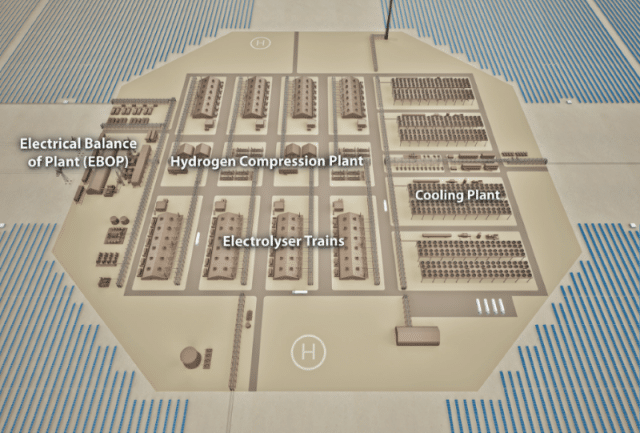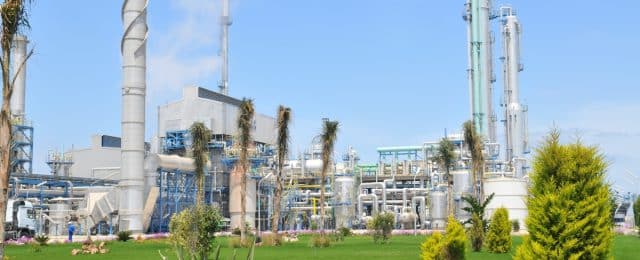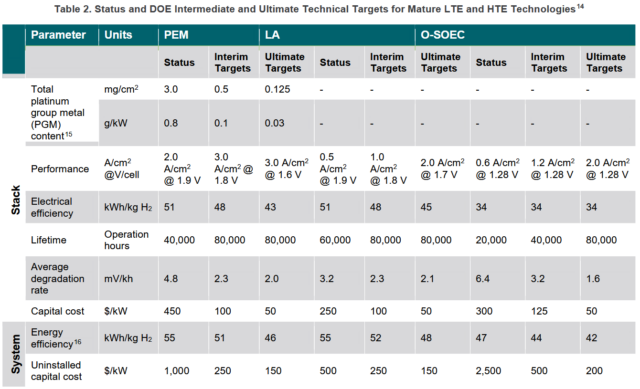Energy Efficiency
From Exhaust to Energy: Turbine-Integrated Ammonia Cracking and Hydrogen Separation Technologies
Gas-based reforming for low-emission ammonia production: ATR, POX, and two-step reforming
Current global ammonia production is mostly based on gas-fed, two-stage reforming processs. Decarbonization of this existing production capacity – as well as new newbuild low-emission capacity also based on gas – can utilize an industrially-proven suite of alternative technologies and processes, including autothermal reforming, and partial oxidation combined with CCS. This article discusses some of the technologies available from various tech providers, and reference projects in operation.
Emission performance of ammonia-fueled, four-stroke marine engines
We explore recent, full-scale, four-stroke engine testing results from IHI and Wärtsilä. Testing indicates N2O emissions can be almost fully eliminated with catalytic treatment, and significantly lower NOX emissions for engines running in ammonia mode, compared to running on diesel. While ammonia slip remains a key consideration due to the design of a four-stroke engine, catalytic treatment of the exhaust can eliminate even high concentrations, and release mitigation systems have already been designed and deployed to ensure safe operations.
New modular hydrogen production technology unveiled by InterContinental Energy
InterContinental Energy’s new hydrogen production technology, the P2(H2)Node system, colocates hydrogen production within wind and solar farms, lowering Capex and increasing efficiency through minimising expensive electrical transmission infrastructure.
Decarbonising existing fertiliser capacity in Damietta, Egypt
thyssenkrupp Uhde will supply technology for decarbonising three existing ammonia & urea plants operated by Misr Fertilizers Production Company (MOPCO) on the Nile Delta. This includes electrolysis capacity to feed the production of 150,000 tons per year of renewable ammonia, with Yara Clean Ammonia already committed as offtaker.
Syzygy Plasmonics achieves new performance mark with electric cracking demonstration in South Korea
Syzygy and Lotte Chemical have announced results from the latest test of Syzygy’s all-electric ammonia cracker in Ulsan, South Korea. The unit demonstrated capacity of 290 kg/day of hydrogen produced at 11 kWh/kg, as Syzygy works towards commercialisation of the technology.
Pathways to electrolysis success for USA, Australia
In order to achieve the aggressive Hydrogen Shot initiative goal of $1/kg production cost by 2030, the US Department of Energy sets out a series of performance and capital cost targets for established and lower-TRL electrolyser technologies. Meanwhile, Australia's national science agency CSIRO projects that Australia’s hydrogen electrolyser manufacturing sector could generate AU$1.7 billion in revenue annually by 2050.
Syzygy Plasmonics launches light-powered ammonia cracking technology
US-based Syzygy Plasmonics announced successful final tests of its light-powered ammonia cracking technology. More than 1,500 hours of testing have validated the production of hydrogen from ammonia in the reactor cell, which is now available to order as a stacked, 5 tons per day capacity system.
Decarbonizing existing, SMR-based ammonia plants: workshop recap
Decarbonization of existing steam methane reforming-based ammonia plants is possible, and changes in gas and heat flows can be recovered via alternative technologies. Recap our workshop in Atlanta, where we discussed the use of upstream methane monitoring equipment, electrolysers, carbon capture, hydrogen burners, energy storage and electric heating to achieve decarbonization of conventional ammonia plants.









